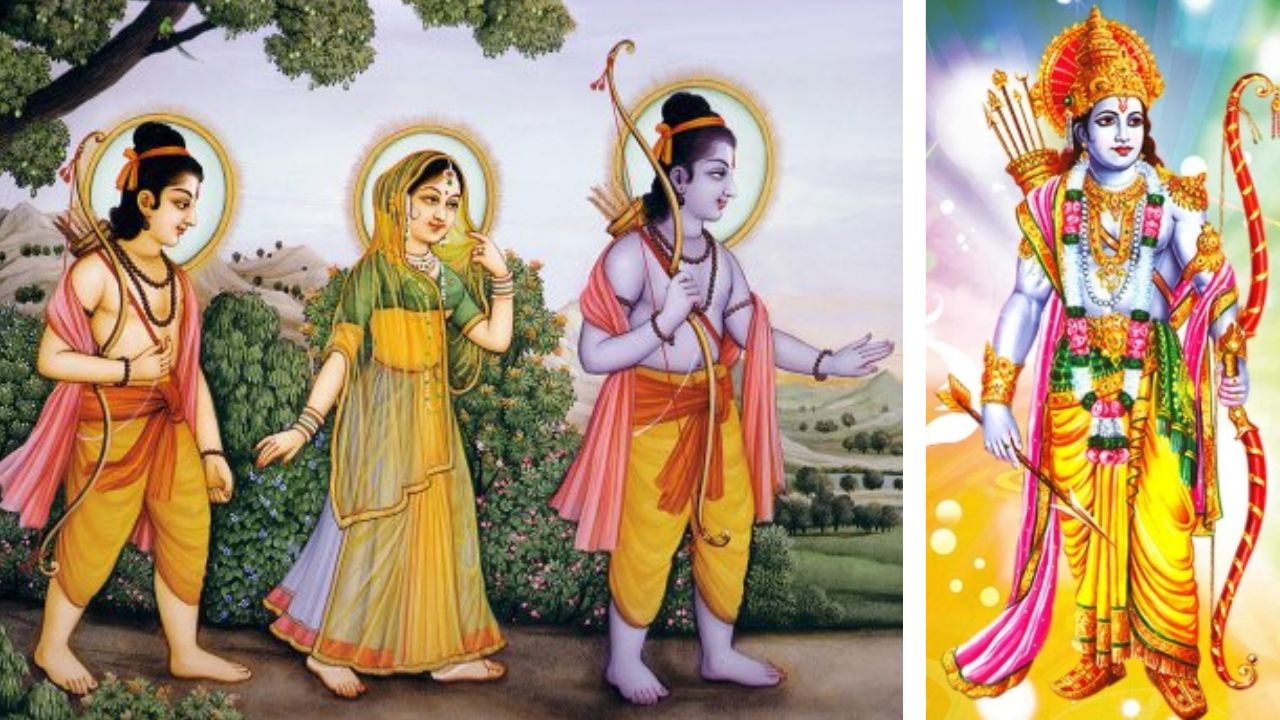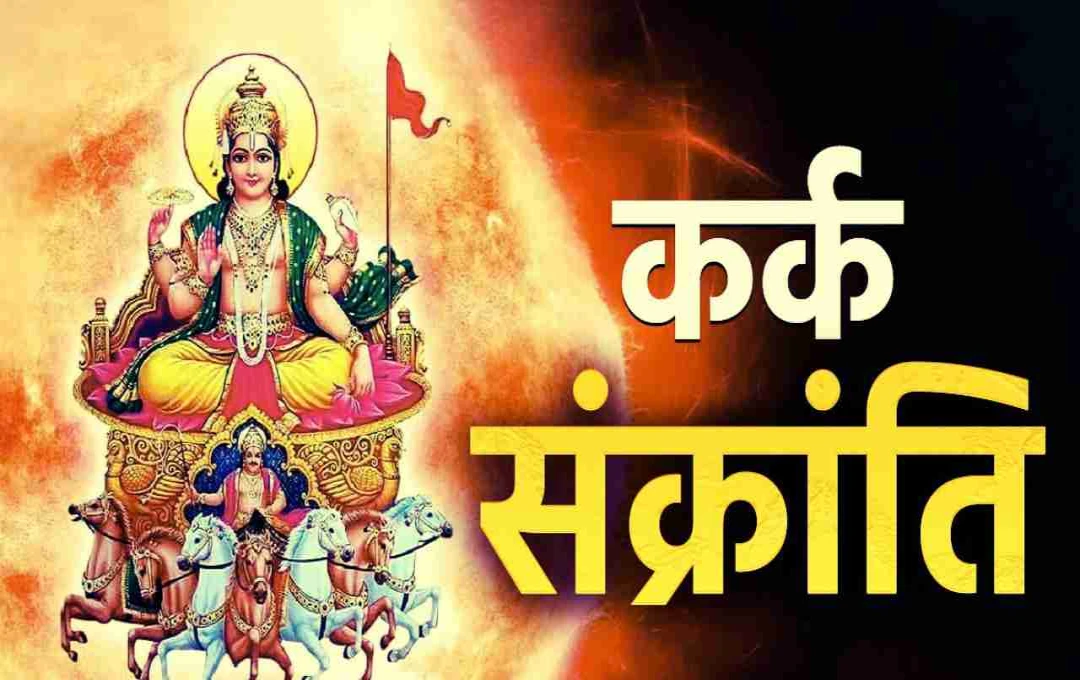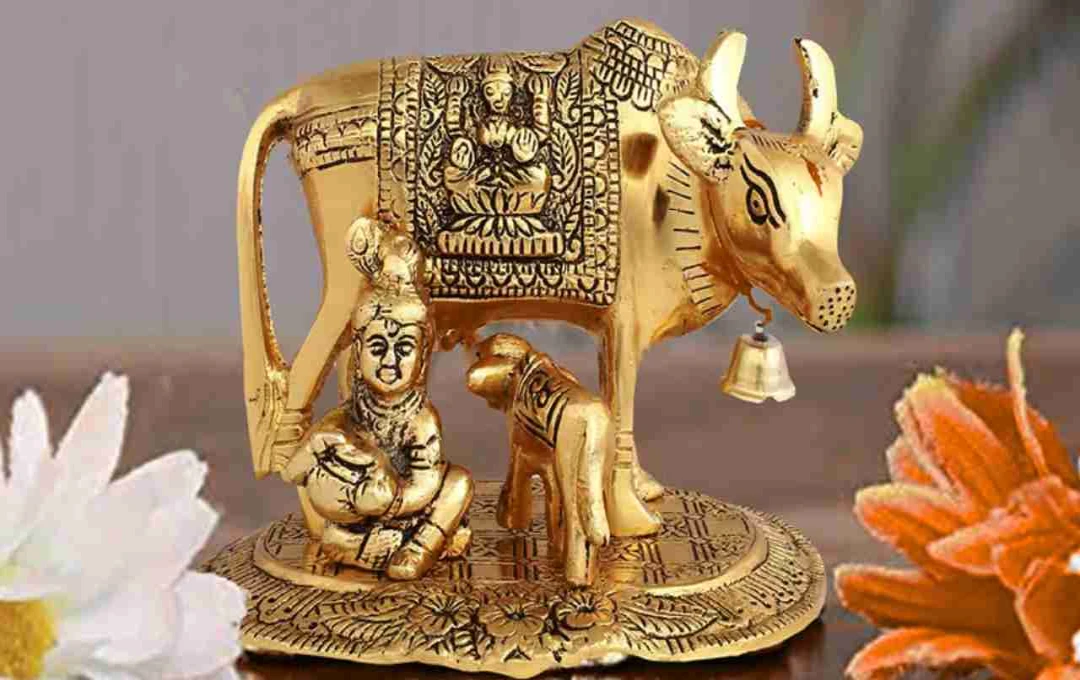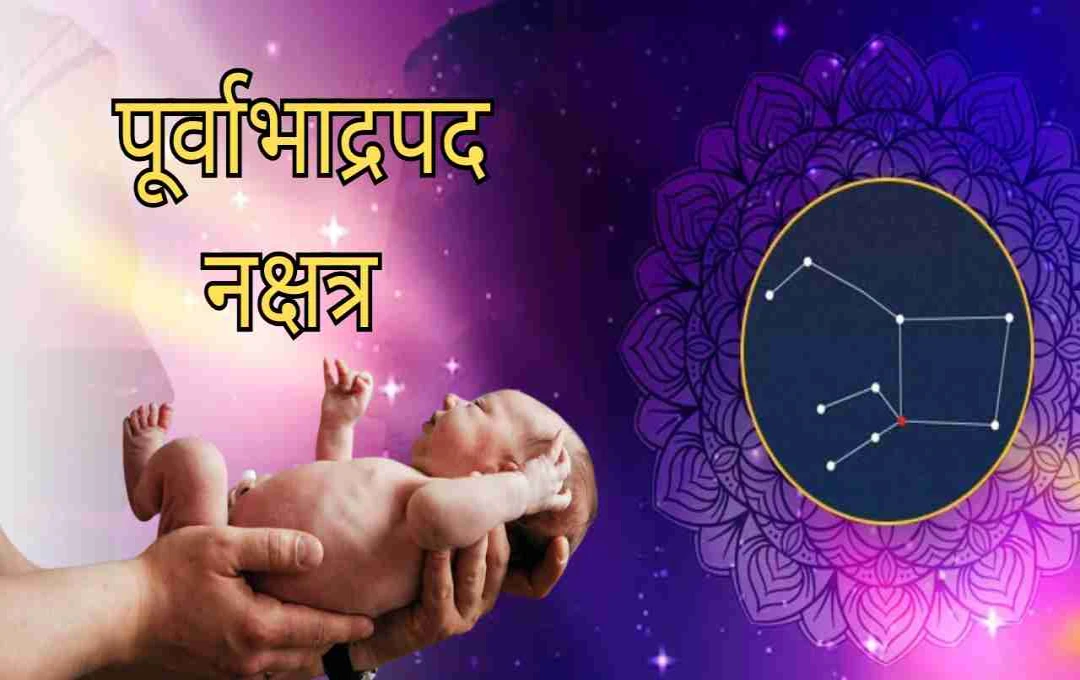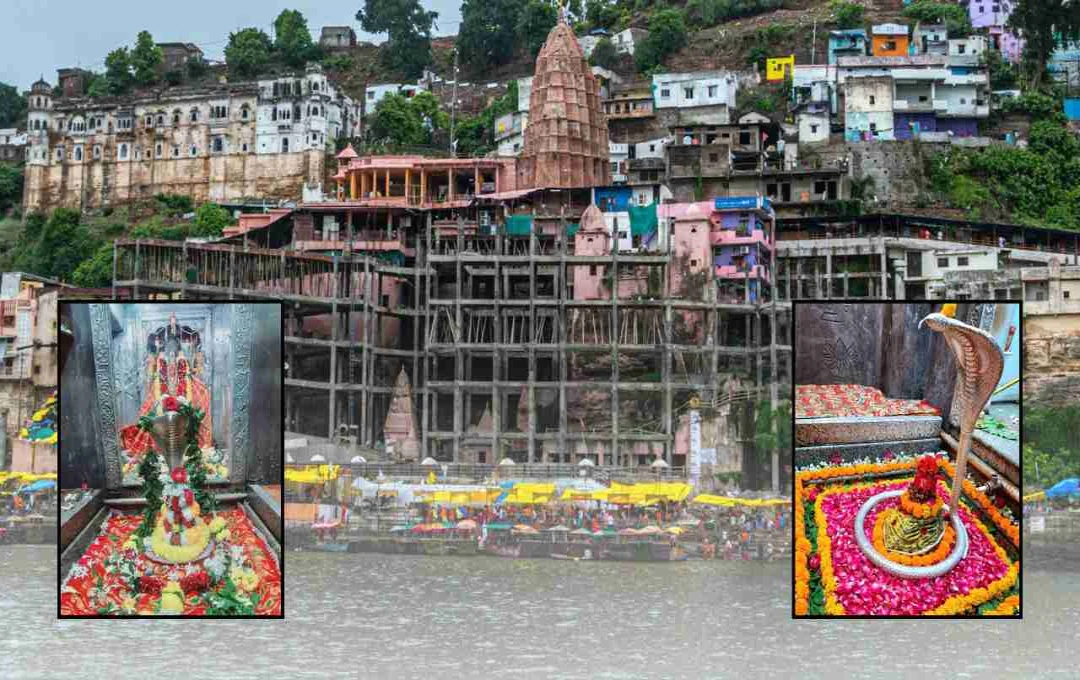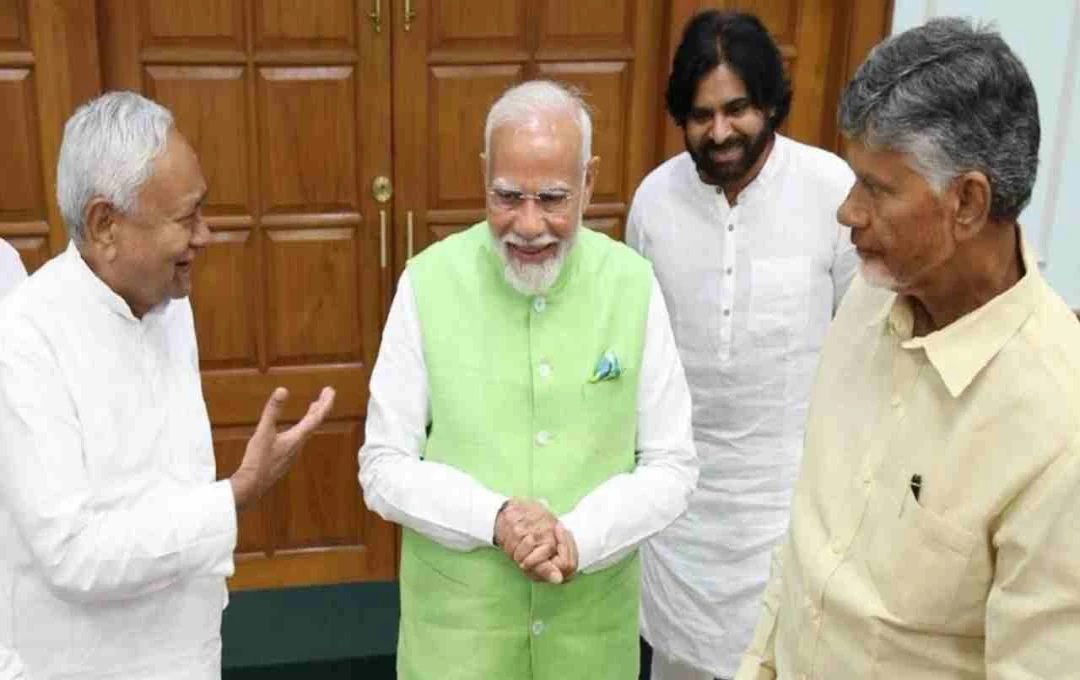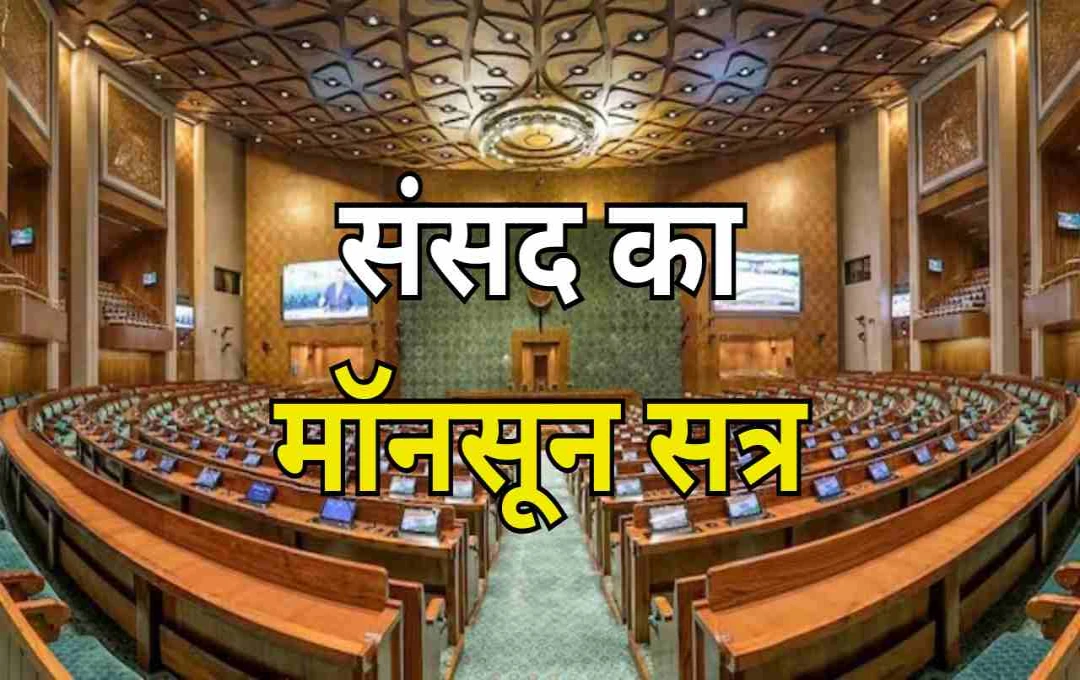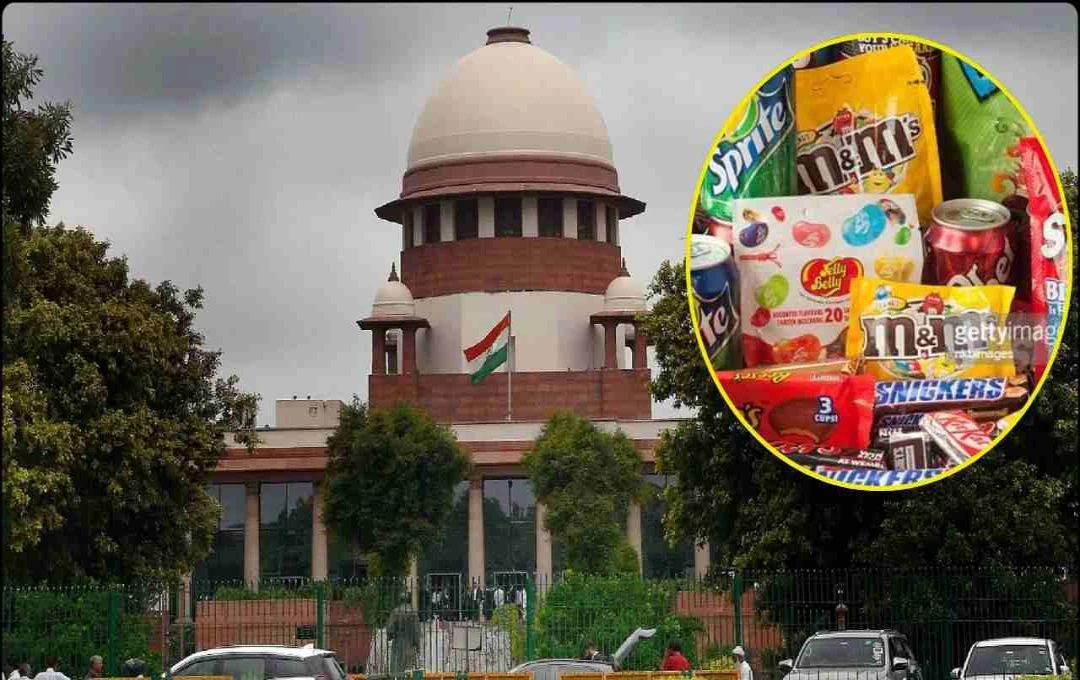Lord Shri Ram's Locations During His 14-Year Exile – A Detailed Look
The Ramayana is one of the most popular and significant epics in Hinduism. In the Treta Yuga, Lord Vishnu, in the form of Rama and Sita, incarnated on Earth for the welfare of the world. During his 14-year exile, Lord Rama gained knowledge from numerous sages and ascetics, practiced austerities, and guided indigenous people, forest dwellers, and Indian society towards righteousness. He unified the entire nation under a single ideology, exemplifying exemplary conduct and embodying an ideal man. Lord Rama's journey began in Ayodhya, continued to Rameswaram, and concluded in Sri Lanka.
Historian Dr. Ram Avatar has explored over 200 sites associated with the lives of Rama and Sita, where monuments still stand today. He conducted scientific research at these locations, including monuments, bas-reliefs, and caves. Here are some key locations:
Dandakaranya: This is where Lord Rama rejected the amorous advances of Ravana's sister, Surpanakha, and Lakshmana severed her nose and ears. This incident led to the war between Rama and Ravana. Traces of Rama's abode still remain in the vast green expanse stretching between Odisha, Andhra Pradesh, and Chhattisgarh. The experience here instills profound peace and a sense of divine presence.
Tungabhadra: After visiting the sacred sites and hermitages, Rama, Lakshmana, and Sita journeyed to the region of the Tungabhadra and Kaveri rivers in their search for Sita.
Shabari's Ashram: After meeting Jatayu and Khand, Rama reached the Rishyamukha Mountain. Along the way, they visited Shabari's ashram, now located in Kerala. Shabari, from the tribal community, was known as Shraman. "Pampa" is the ancient name for the Tungabhadra River. Hampi is located on the banks of this river, and the famous Sabarimala Temple in Kerala is also situated on its banks.
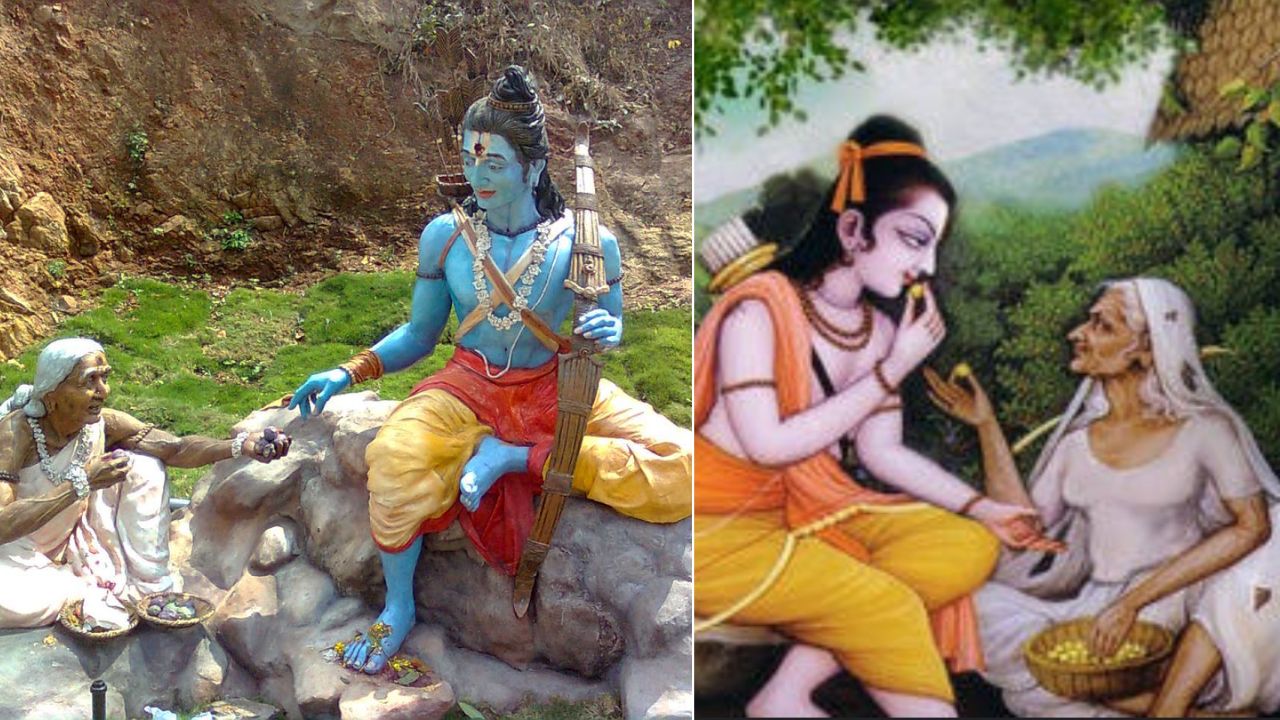
Rishyamukha Mountain: Crossing the Malaya mountains and sandalwood forests, Rama reached the Rishyamukha Mountain, where he met Hanuman and Sugriva, saw Sita's ornaments, and killed Vali. According to the Valmiki Ramayana, Rishyamukha Mountain was located near the Vanara kingdom of Kishkindha. Rishyamukha Mountain and the Kishkindha city are situated near Hampi in the Bellary district of Karnataka. The nearby hill is known as the "Matanga Hill," which was the ashram of Matanga Rishi, Hanuman's guru.
Tamasa River: The Tamasa River is located 20 km from Ayodhya. Rama crossed this river by boat, giving the river a significant place in the Ramayana.
Shringverpur Tirtha: Located 20-22 kilometers from Prayagraj, was the kingdom of Nishadaraja Guha. Here, Rama requested the ferryman (Kewat) to carry him across the Ganga.
Kurai Village: After crossing the Ganga in Sringverpur, Rama first reached Kurai, where he rested. From Kurai, Rama, Lakshmana, and Sita proceeded to Prayag. Prayag was formerly known as Allahabad but is now called Prayagraj.
Chitrakoot: Lord Rama crossed the Yamuna River near the Prayag Sangam and reached Chitrakoot. Chitrakoot is where Bharata, along with his army, came to persuade Rama. King Dasharatha also passed away during Rama's stay in Chitrakoot. Bharata took Rama's sandals and ruled in his stead.
Tali Mannar: Upon reaching Sri Lanka, Rama first established his camp in Tali Mannar. After a prolonged battle, Lord Rama killed Ravana and gave the kingdom of Sri Lanka to Ravana's younger brother, Vibhishana. Sita performed the Agni Pariksha (fire ordeal) here. Signs of the Rama Setu are also visible. This location is on the Mannar Island of Sri Lanka.
Satna: Near Chitrakoot, in Satna (Madhya Pradesh), was the ashram of Rishi Atri. Though Rishi Atri and his wife Anusuiya resided in the Tapovan of Chitrakoot, Lord Rama also stayed in a place called Ram Van in Satna, which was where Rishi Atri's ashram was located.
